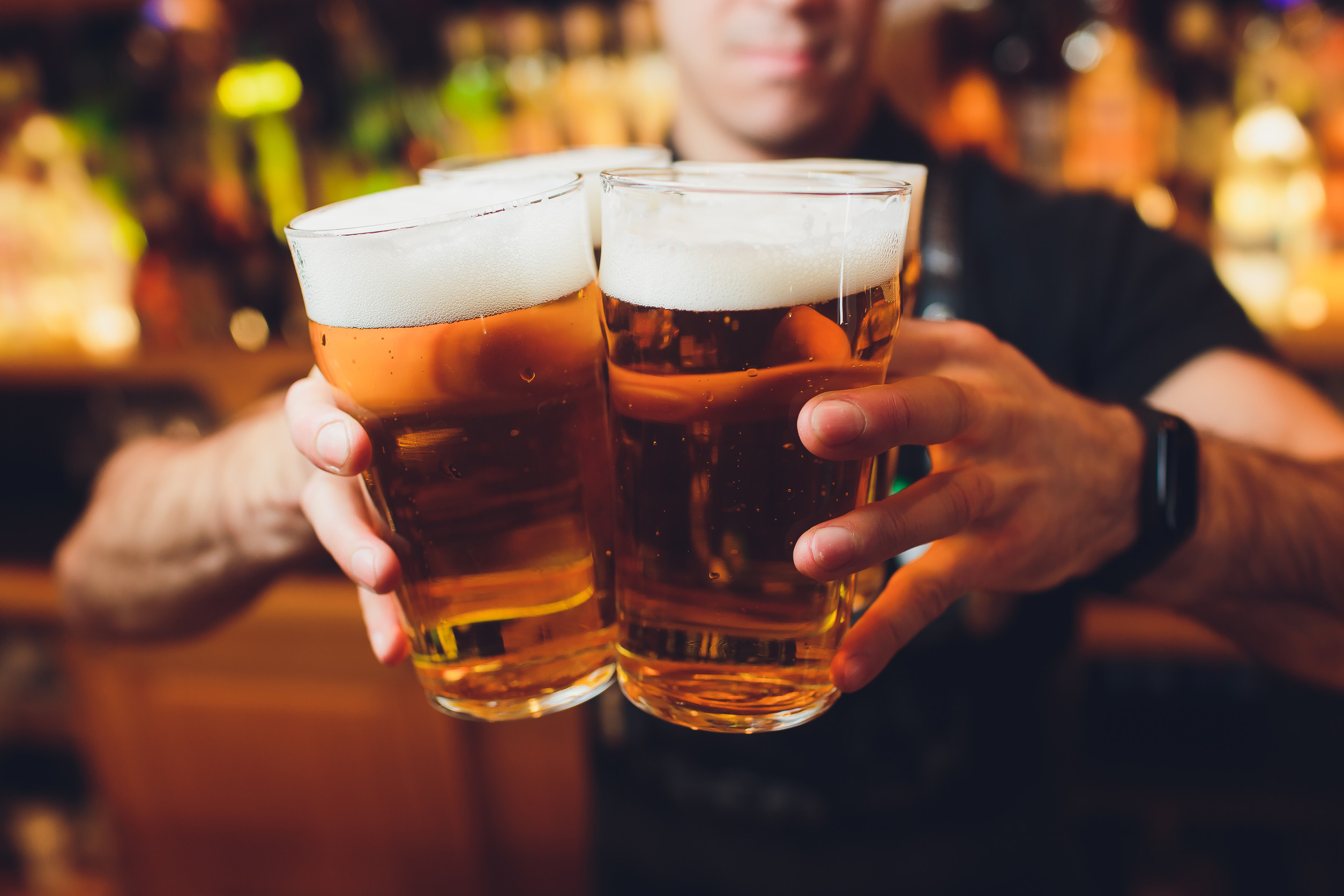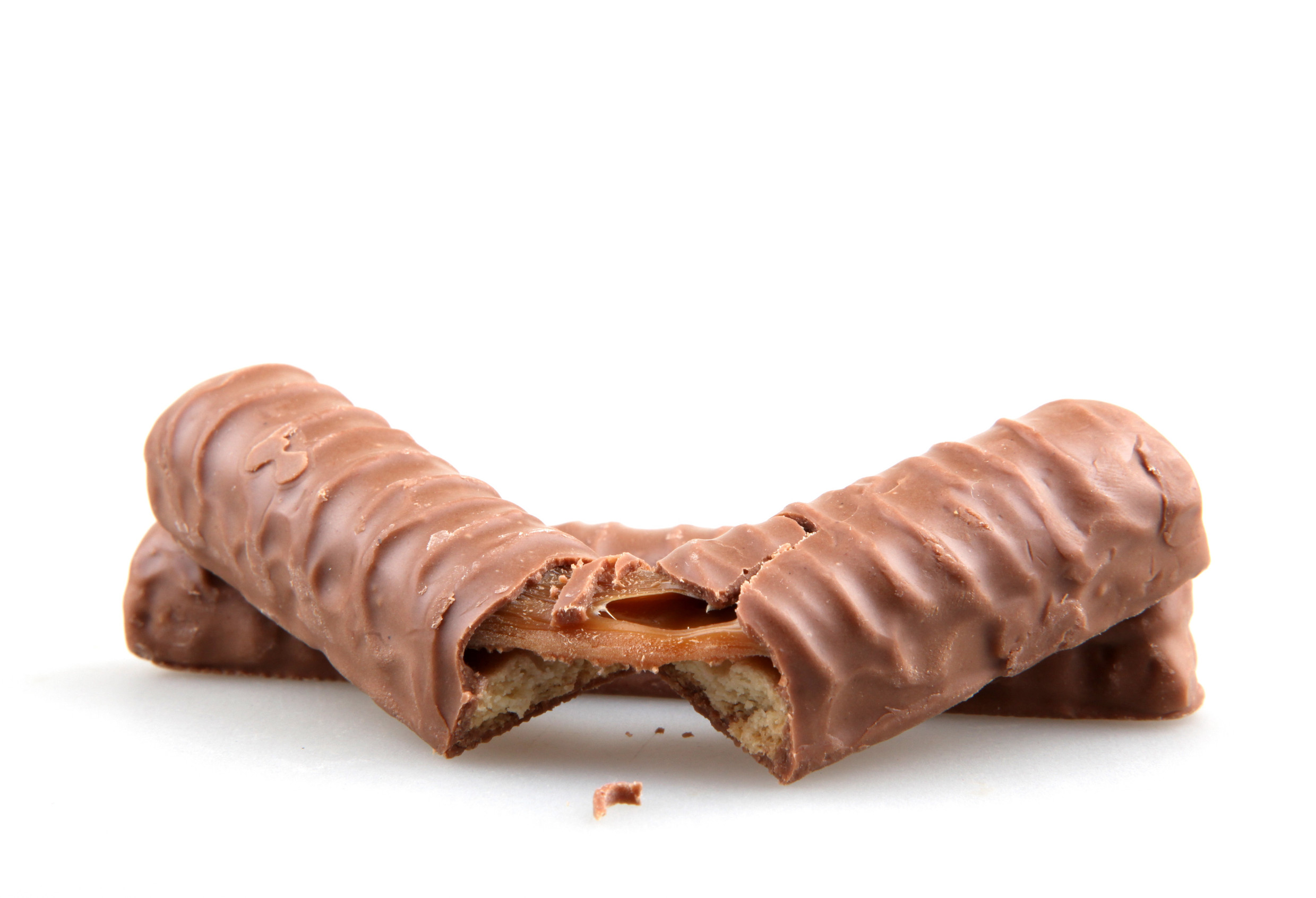
Companies spend millions building a recognizable brand, but sometimes, outside forces force them to change everything. Whether it’s a lawsuit, trademark dispute, or public backlash, product rebranding after legal trouble is more common than you might think. In some cases, the change is subtle; in others, it’s a complete overhaul of the name, logo, and marketing strategy. For businesses, this can be both a nightmare and an opportunity to refresh their image. Here are 10 products that were forced to reinvent themselves after facing legal challenges.
1. Budweiser to Budvar in Europe
In a long-running legal battle over the Budweiser name, Anheuser-Busch lost trademark rights in several European countries. The result was a product rebranding to “Bud” or “Budvar” in certain markets. The dispute, which dates back over a century, centers on a Czech brewery that claimed prior rights to the name. While the beer itself remained the same, the label and marketing materials had to change. This case remains one of the most famous examples of international trademark disputes in the beverage industry.
2. Aunt Jemima to Pearl Milling Company
After years of criticism over racial stereotypes, Quaker Oats retired the Aunt Jemima brand in 2020. While public pressure played a role, trademark and image concerns also drove the decision. The product rebranding revealed the new name: Pearl Milling Company, a nod to the brand’s 19th-century origins. The packaging removed the character image entirely and shifted toward a more neutral design. This change signaled a move toward inclusivity while preserving the product’s history.
3. Weight Watchers to WW
Weight Watchers didn’t face a traditional lawsuit, but mounting concerns over health claims and diet marketing pushed the company to rebrand as “WW.” The shift aimed to position the brand as a wellness company rather than a strict diet program. While the product rebranding was partly voluntary, it helped avoid potential legal trouble over marketing claims. The new name emphasizes “Wellness that Works” and downplays weight loss as the sole focus. This broader appeal was meant to attract a new generation of health-conscious consumers.
4. WWF to WWE
The World Wrestling Federation (WWF) famously lost a trademark case to the World Wildlife Fund. As a result, the wrestling entertainment giant had to undergo a major product rebranding in 2002, changing its name to World Wrestling Entertainment (WWE). The change required altering logos, merchandise, and even its famous “Attitude Era” branding. While initially a setback, the WWE name ultimately gave the company more flexibility in global marketing. It remains one of the most high-profile brand overhauls in sports entertainment history.
5. Uncle Ben’s to Ben’s Original
Like Aunt Jemima, Uncle Ben’s rice faced public criticism for outdated and racially insensitive branding. Mars, the parent company, opted for a full product rebranding in 2020. The new name, Ben’s Original, removed the image of the elderly Black man from packaging. While the recipe didn’t change, the shift aimed to align the product with modern values and avoid potential image-related lawsuits. The new branding also emphasized community initiatives to broaden its appeal.
6. Opal Fruits to Starburst
While this change wasn’t due to a lawsuit, it was partly driven by global trademark alignment issues. The fruity candy known as Opal Fruits in the UK was rebranded as Starburst to match its name in the U.S. and other markets. The product rebranding allowed the company to streamline marketing campaigns across countries. Some long-time fans resisted the change, but Starburst has since become a household name worldwide. This example shows that legal and marketing strategies often go hand-in-hand.
7. Backrub to Google
Before it became the search engine giant we know today, Google was originally called “Backrub.” The name referenced its method of analyzing backlinks to rank pages. While there was no public lawsuit, the founders faced potential legal hurdles over trademarking the quirky name. The product rebranding to Google in 1997 gave the company a unique, easily trademarkable brand identity. That decision proved to be one of the most valuable rebrands in tech history.
8. Marathon to Snickers in the UK
For decades, the popular chocolate bar Snickers was known as “Marathon” in the UK. Legal and trademark considerations pushed the company to adopt the global name Snickers in 1990. The product rebranding ensured consistency across markets, simplifying marketing and packaging production. Although some British consumers initially resisted, the Snickers brand quickly gained traction. Today, few remember its Marathon days outside nostalgic conversations.
9. Blue Ribbon Sports to Nike
Nike’s original name, Blue Ribbon Sports, worked fine when the company was a small distributor for Onitsuka Tiger shoes. But as it began designing its own footwear, trademark and branding issues loomed. The product rebranding to Nike in 1971 gave the company a bold, simple identity tied to Greek mythology. The change also allowed for easy global trademark protection. Paired with the iconic swoosh logo, the rebrand set Nike up for global dominance.
10. Raider to Twix in Europe

In parts of Europe, the Twix candy bar was known as “Raider” until 1991. Mars rebranded it to match its global name, in part to avoid trademark complications and unify its image. The product rebranding included the tagline “Raider is now Twix, nothing else changes.” While the change initially confused some customers, the new name aligned with worldwide marketing efforts. Today, Twix is one of the most recognizable candy brands across the globe.
A Legal Setback Can Become a Branding Opportunity
While lawsuits and legal disputes can be costly, product rebranding often opens the door to new marketing opportunities. Many companies that faced forced changes ended up with stronger, more globally consistent brands. The key is turning a potential public relations disaster into a chance to reconnect with customers and modernize the image. In the fast-paced world of branding, adaptation isn’t just a survival strategy—it can be the start of an even bigger success story.
Which of these rebrands surprised you the most? Do you think companies should fight to keep their original names or embrace change? Share your thoughts in the comments.
Read More
11 Expired Foods Grocery Stores Are Still Legally Allowed to Sell
9 Amazon Products That Sparked Legal Investigations
The post 10 Products That Were Rebranded After Legal Trouble appeared first on Grocery Coupon Guide.







